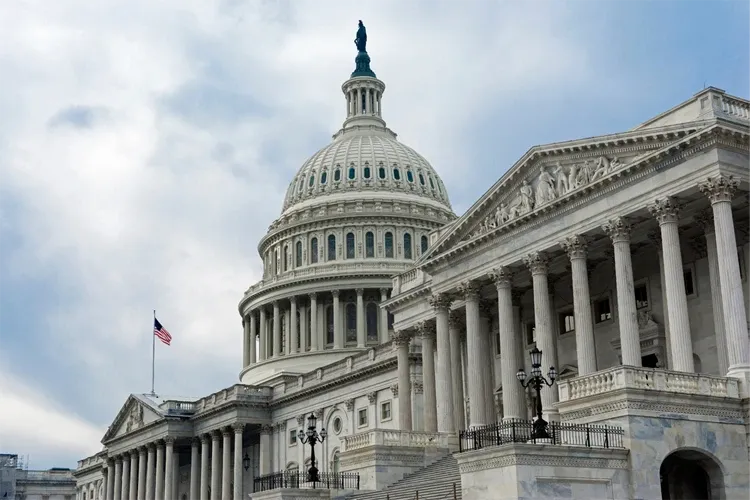As the federal budget deficit remains elevated, a reality which increases the risk of financial crisis and threatens to stifle economic growth in the United States, a new report from the Congressional Budget Office suggested several dozen ways that the deficit could be reduced.
The agency warned in the analysis that the amount of federal debt held by the public is currently slated to reach 122% of gross domestic product as of 2034, as well as 166% of gross domestic product by 2054, realities which could slow economic activity and raise interest expenses to foreign nations. The report therefore offered seventy-six options for reducing the budget deficit.
“To put the federal budget on a sustainable long-term path, lawmakers would need to make significant policy changes, taking actions to cause revenues to rise more than they would under current law, reducing spending for large benefit programs to amounts below those currently projected, or adopting some combination of those approaches,” the analysis commented.
Among the most aggressive options for mandatory spending, referring to the expenses required by law and not subject to yearly appropriations, involve Congress establishing caps on federal spending for Medicaid, which could save as much as $893 billion over the next decade. Another mandatory spending option involves creating a uniform Social Security benefit at 125% of federal poverty guidelines, which could meanwhile save $607 billion over the next decade.
Other options include reducing Social Security benefits for high earners, which could save $197 billion, as well as lowering benchmarks for Medicare Advantage, which could save $489 billion.
Social Security reform remains a third rail in national politics, since Republicans and Democrats are wary to discuss reform options out of concern that they could lose support from older voters.
Among the most ambitious options for discretionary spending, the share of expenses that must be appropriated by Congress, would center on lower spending for the Department of Defense. That course would involve lowering the number of active duty personnel and relying on allies to provide more of their own defense, which could save $959 billion over the next decade.
The report from the Congressional Budget Office noted that the options are “intended to reflect a range of possibilities rather than to rank priorities or present a comprehensive list,” while the inclusion or exclusion of a certain option “does not represent an endorsement or a rejection.”




